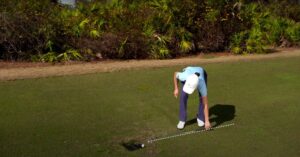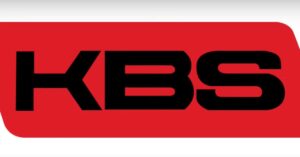What Is A Lie Angle In Golf and How It Affects Your Game?
Golf can feel overwhelming, especially when it comes to club specifications. One term that often confuses many players is lie angle. This critical measurement influences how your ball flies and where it lands.
So, what is a lie angle in golf? It’s the angle between the shaft of the club and the ground when the club rests on its sole. A proper lie angle helps ensure consistent contact with the ball for better accuracy.
Curious about how this simple adjustment can impact your game? Let’s dive into why getting the right lie angle matters and how it could transform your golfing experience.
What Does Lie Angle Mean for Your Golf Game?
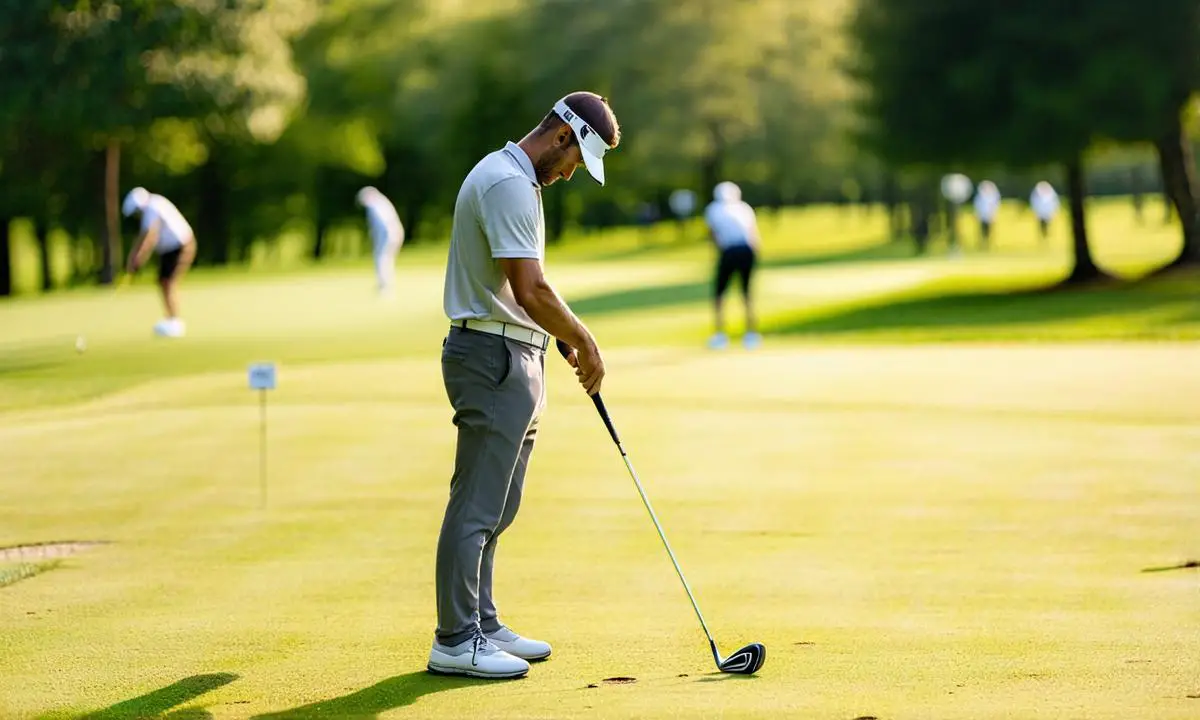
The lie angle of a golf club has a significant impact on your shots. Understanding this concept can enhance your performance and enjoyment on the course.
When you strike the ball, the lie angle affects how the clubhead meets the ground and, ultimately, how the ball travels. If your clubs have an improper lie angle, even small mistakes during your swing can lead to inaccurate shots. This misalignment often results in hooks or slices, sending your ball off in unexpected directions.
Your body measurements play a role in determining your ideal lie angle. Taller players may need clubs with a more upright stance, while shorter golfers might require flatter angles. Adjusting these angles helps achieve better contact and consistency with each swing.
Research indicates that golfers using clubs with properly fitted lie angles improve their accuracy by up to 60%. Having this fit not only boosts performance but also increases confidence during gameplay.
“The right lie angle transforms not just how well one plays but also how enjoyable golf becomes.” – Dave Phillips, Co-Founder of The Golf Institute
A proper lie angle aligns both sightlines and physical alignment effectively. When set correctly, it promotes natural wrist action through impact while reducing unwanted spin from mishits. In contrast, an incorrect setting places strain on various muscles, leading to fatigue or injury over time.
If you consistently hit shots that miss left or right of target lines—despite good technique—checking your lie angle could reveal discrepancies worth addressing. Players should consult professionals who utilize advanced fitting technology when assessing individual needs.
How to Measure and Adjust Lie Angle Effectively
Getting your lie angle right can be the game-changer you need on the golf course. Proper measurements and adjustments ensure that each shot is accurate, consistent, and just what you intend.
The first step in measuring your club’s lie angle involves finding a reliable method or seeking help from a professional fitter. Many pro shops use specialized tools to get precise readings, but you can also do it at home with some basic equipment.
DIY Method for Measuring Lie Angle:
- Grab a straightedge or ruler and a level surface.
- Place the club on its sole while holding it upright at address position.
- Align one end of the ruler with the shaft while ensuring it’s flush against the ground.
- Take note of where the other end hits on your clubhead; this indicates your current lie angle.
If adjustment is needed, understanding how to modify your clubs becomes essential. For most golfers, adjusting their clubs typically means adding or removing material from either side of the hosel (the area connecting shaft to head).
A qualified technician should always perform major changes, as they have access to advanced fitting technology that allows precise adjustments based on individual swing dynamics. Minor tweaks may include using shim kits which fit between shaft and hosel to alter angles slightly without compromising structural integrity.
“Accurate fittings take time but result in significant gains during play.” – Jim McLean, Top 100 Golf Teacher
Minding these details leads directly into another pressing question: How often should you check or adjust your clubs? Experts recommend having an assessment done after any substantial change in height (due to growing) or physical fitness level because both can affect posture during play significantly.
The Role of Club Fitting Technology
The advent of club fitting technology has transformed how players approach their gear. Tools like launch monitors provide real-time data about ball flight characteristics aligned with swing metrics—allowing customized recommendations for optimal lie angles tailored specifically for individuals’ swings.
| Swing Speed (mph) | Recommended Lie Angle Adjustment (degrees) |
|---|---|
| 70-80 | +1° |
| 81-90 | Standard |
| 91-100 | -1° |
Essential Tips to Optimize Your Lie Angle for Better Shots
Getting your lie angle right is vital for improving your game. Small adjustments can lead to major improvements in accuracy and consistency on the course.
Here are some practical tips to help you optimize your lie angle:
Understand Your Body Type
Your height, arm length, and posture contribute significantly to determining the ideal lie angle. Taller players generally need a steeper or more upright club, while shorter players benefit from flatter clubs.
This difference influences how a club interacts with the ground during your swing. A proper fit accommodates these variations, allowing for better control over each shot.
Seek Professional Fitting
A professional fitting is one of the most effective ways to get the perfect lie angle tailored to you. Expert fitters utilize advanced tools that measure various aspects of your swing and stance.
“The right club makes all the difference in performance.” – Tom Wishon, Golf Equipment Designer
The data gathered enables custom recommendations based on personalized specifics like swing speed and launch angles. Working with an expert ensures you receive not just any adjustment but one that suits your unique style!
Experiment With Different Clubs
If you’re unsure about which lie angle works best, try different clubs during practice sessions. Assess how varying angles affect ball flight behaviors such as direction and distance.
- Straight shots: An optimal lie angle helps keep balls flying straight towards their target.
- Slices or hooks: If frequent mis-hits occur consistently left or right of target lines, assess if adjusting this measurement might correct those errors.
Regularly Check Your Lie Angle
Your physical condition can change over time due to growth spurts or shifts in fitness levels; periodic evaluations ensure ongoing suitability of equipment settings. Experts suggest re-evaluating every year or after significant changes in height or strength levels occur.
| Condition Change Type | Recommended Action |
|---|---|
| Height Increase (1 inch+) | Consider increasing lie angle by +1°-+2° depending on how it affects contact position through impact. |
| Strength Gain (significant) | Reassess grip pressure practices; analyze whether added strength requires modification within setup dimensions also connected with body alignment issues linked back into overall mechanics affecting swings positively/negatively depending upon outcomes achieved throughout playtime cycle! |
FAQs
How Does Lie Angle Influence Ball Trajectory?
The lie angle affects how your club contacts the ground at impact, shaping the ball’s trajectory. An incorrect lie can cause hooks or slices, leading to inconsistent shots and less accuracy on the course.
Can I Adjust My Clubs’ Lie Angles Myself?
While minor adjustments can be made with shim kits, it’s best to consult a professional for accurate modifications. They have specialized tools that ensure correct angles tailored to your swing dynamics for optimal performance.
What Signs Indicate an Incorrect Lie Angle?
If you consistently miss your target left or right despite good technique, it’s likely time to check your lie angle. These misalignments often reveal if adjustments are necessary for improved accuracy and consistency.
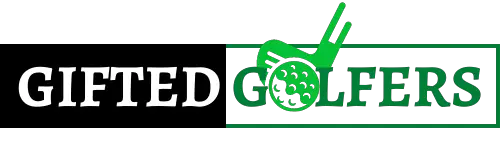
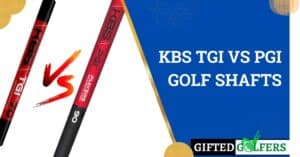
![Does 1 Degree Lie Angle Make Difference In Golf Shots? [Explained] Does 1 Degree Lie Angle Make Difference In Golf Shots? [Explained]](https://giftedgolfers.com/wp-content/uploads/2023/05/image-112-1024x538.png)
